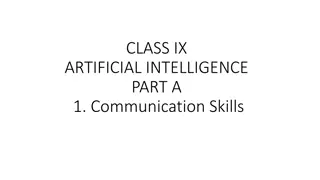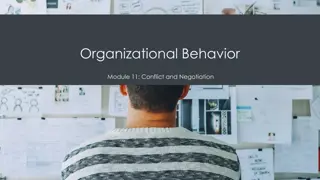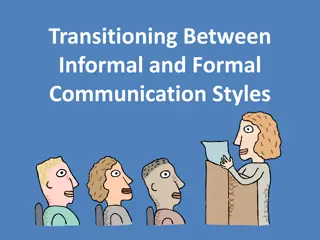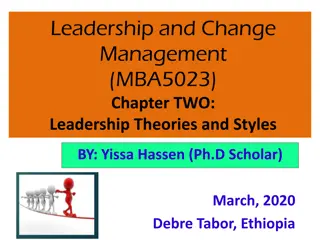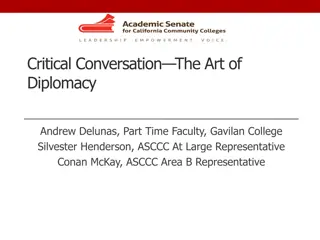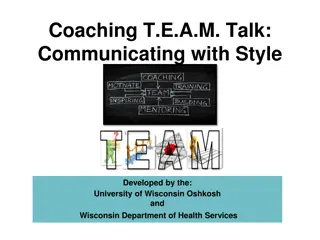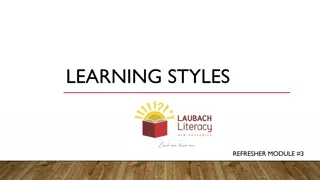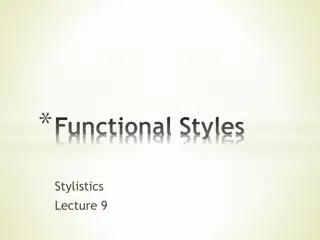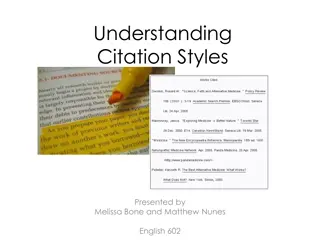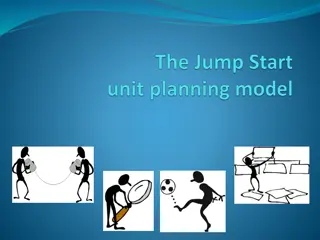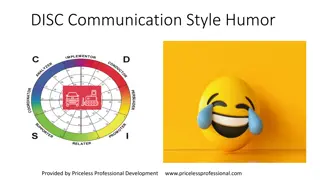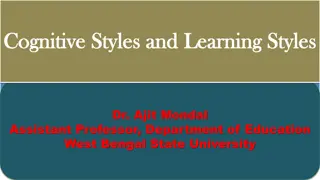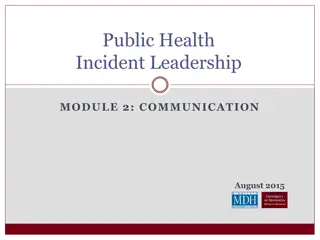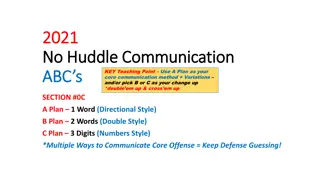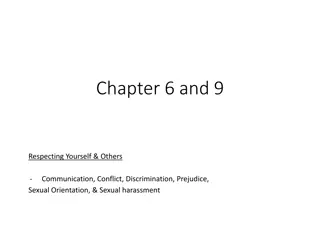Effective Communication Styles and Techniques
Child-Like, Parent-Like, and Adult-Like communication styles along with Constructive, Destructive, and Non-Verbal forms of communication are discussed. Learn about the characteristics, examples, and importance of each style to enhance your interactions and relationships.
Download Presentation

Please find below an Image/Link to download the presentation.
The content on the website is provided AS IS for your information and personal use only. It may not be sold, licensed, or shared on other websites without obtaining consent from the author.If you encounter any issues during the download, it is possible that the publisher has removed the file from their server.
You are allowed to download the files provided on this website for personal or commercial use, subject to the condition that they are used lawfully. All files are the property of their respective owners.
The content on the website is provided AS IS for your information and personal use only. It may not be sold, licensed, or shared on other websites without obtaining consent from the author.
E N D
Presentation Transcript
Child-Like The easiest and most natural communication to use. Very immature method and the least effective when you are an adult. Characteristics: Self-centered No listening Whining Name calling Giving Orders Interrupting Acting out of control Yelling Throwing tantrums Topping / One Upping
Parent-Like Nothing to do with actually being a parent. (Two year olds are pro!) Tries to direct others behavior. Only effective because it usually gets someone else to comply or give in. Characteristics: Giving instructions Directing Not listening Demanding Ordering Punishing
Adult-Like Highest level of communication and the most effective. It takes time to learn and use. Involves active listening. Characteristics: Open two-way communication All take responsibility for comments/actions All remain calm and control strong emotions Respect for each other s feelings All have a win-win attitude
Constructive Positive communication that contributes to a meaningful exchange of ideas and builds up yourself and others. Examples: Giving positive & encouraging messages Sending clear messages Keeping the confidences (appropriate secrets) of others Using tact (saying something sensitive without hurting or offending) Using I Messages Asking questions Being honest & open Speaking with respect Using active listening skills
Destructive Negative communication that tears down yourself and others Examples: Insults, harassment & teasing Threatening Lying & accusing Using You Messages Swearing Sarcasm Gossip Topping Not listening
Non-Verbal The way a person expresses themselves through movement, posture and facial expression. Can often be misread and misunderstood. Possible to send one type of verbal message and a different type of non-verbal message at the same time.
Pay attention. Look at the speaker / eye contact. Stop other tasks and listen. Listen with appropriate body language. Give verbal clues that show you are listening. Don t interrupt. Don t let your emotions get in the way. Don t rush the conversation. Put the phone away! Don t shift your attention to your own problems.








